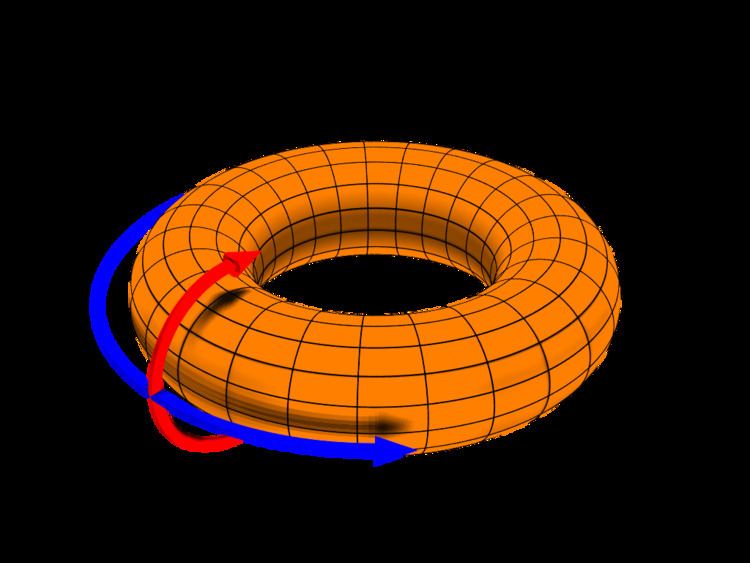 | ||
In mathematics, given a group G, a G-module is an abelian group M on which G acts compatibly with the abelian group structure on M. This widely applicable notion generalizes that of a representation of G. Group (co)homology provides an important set of tools for studying general G-modules.
Contents
The term G-module is also used for the more general notion of an R-module on which G acts linearly (i.e. as a group of R-module automorphisms).
Definition and basics
Let G be a group. A left G-module consists of an abelian group M together with a left group action ρ : G×M → M such that
g·(a + b) = g·a + g·b(where g·a denotes ρ(g,a)). A right G-module is defined similarly. Given a left G-module M, it can be turned into a right G-module by defining a·g = g−1·a.
A function f : M → N is called a morphism of G-modules (or a G-linear map, or a G-homomorphism) if f is both a group homomorphism and G-equivariant.
The collection of left (respectively right) G-modules and their morphisms form an abelian category G-Mod (resp. Mod-G). The category G-Mod (resp. Mod-G) can be identified with the category of left (resp. right) modules over the group ring Z[G].
A submodule of a G-module M is a subgroup A ⊆ M that is stable under the action of G, i.e. g·a ∈ A for all g ∈ G and a ∈ A. Given a submodule A of M, the quotient module M/A is the quotient group with action g·(m + A) = g·m + A.
Examples
Topological groups
If G is a topological group and M is an abelian topological group, then a topological G-module is a G-module where the action map G×M → M is continuous (where the product topology is taken on G×M).
In other words, a topological G-module is an abelian topological group M together with a continuous map G×M → M satisfying the usual relations g(a + a') = ga + ga' , (gg ')a = g(g 'a), 1a = a.
